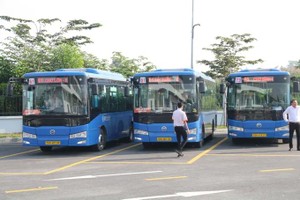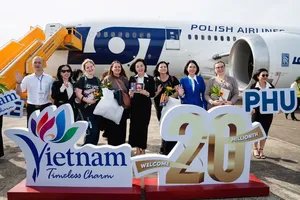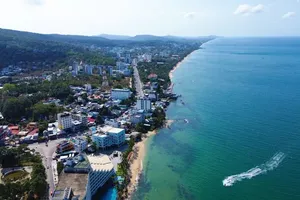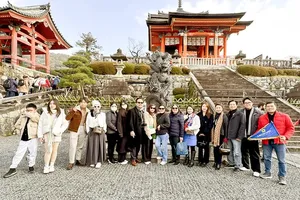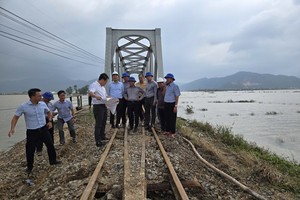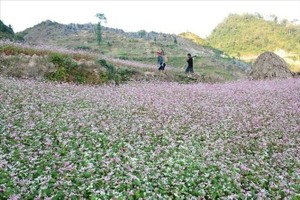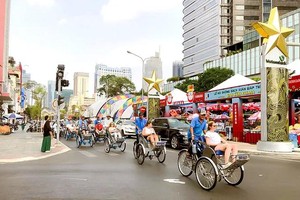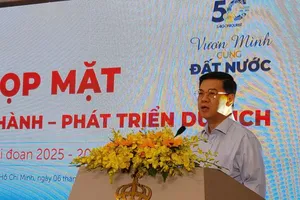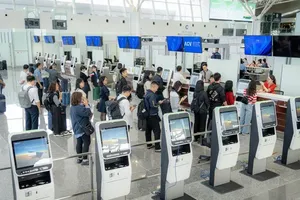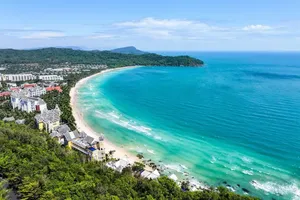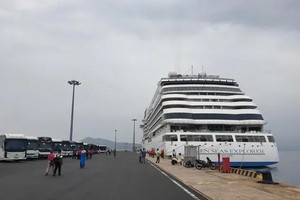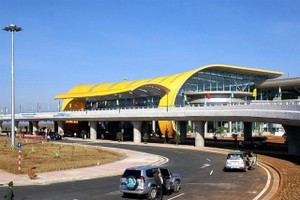In the first half of 2025, international arrivals to Vietnam reached almost 10.7 million, up 20.7 percent compared to the same period in 2024, even surpassing the peak levels of 2019 before the Covid-19 pandemic.
This strong performance of the country's tourism sector has not only reflected robust growth but will also mark a “golden period” to elevate the country’s image as a destination. The sector is shifting from sheer volume growth to sustainable development while adapting to major shifts in administrative structures, market trends, and traveler behaviors in the digital age.
The surge in visitors is largely the result of well-directed stimulus policies, comprising the implementation of a 90-day e-visa, visa exemptions for many European countries, and targeted promotion in key markets such as Germany, France, Poland, India, and China.
According to the latest United Nations World Tourism Organization (UNWTO) report, Vietnam ranked sixth globally in international tourism growth in the first quarter, and the first in Asia-Pacific in terms of recovery speed, even surpassing Japan.
Tourism’s revival has done more than just rejuvenate the “smokeless industry”, it’s provided a significant boost to the broader economy.
According to the General Statistics Office, Vietnam’s GDP grew 7.52 percent in the first half of the year, with the services sector (including tourism) rising 8.14 percent, the highest mid-year growth rate in 15 years.
Notably, the tourism sector is now contributing to the green restructuring of the economy, with a stronger focus on services and innovation.
However, a current major challenge is the procedure of transforming quantitative growth into qualitative development.
Vietnam continues to be seen as a destination with low average international visitor spending, short stays, and underdeveloped tourism products lacking depth and sustainability due to the shortage of high-end offerings, inconsistent support services, and an incomplete tourism value chain triggering limited revenue and profit potential.

The recent administrative boundary adjustments have also posed challenges in brand recognition. According to Chairman of Vietnam National Authority of Tourism (VNAT) Nguyen Trung Khanh, during the merger period, localities have to swiftly conduct market research, adjust communication messaging, and use both old and new place names to retain familiarity and avoid confusing international visitors.
Updating tourism maps and developing new inter-regional and inter-provincial routes will be crucial to maintaining connectivity between destinations.
Amid the sharp rise in independent international travelers and the growing trend of digital search and booking, Vietnam's tourism promotion can no longer rely on traditional methods. Marketing must pivot decisively to digital platforms, leveraging social media, search engines, digital maps, and travel apps to deliver the right information to the right audiences, based on their specific needs.
When the destination brand is clearly defined and communication is effective, travelers will feel more confident and more inspired to travel to Vietnam.
